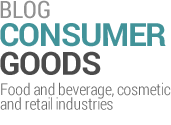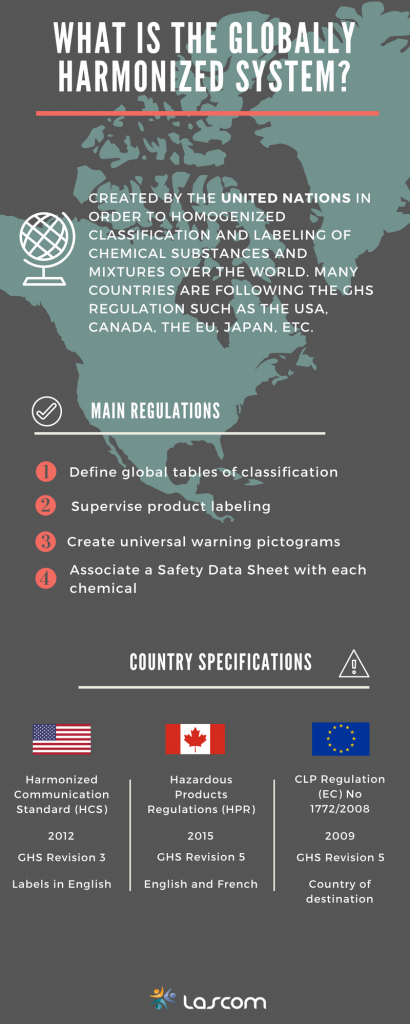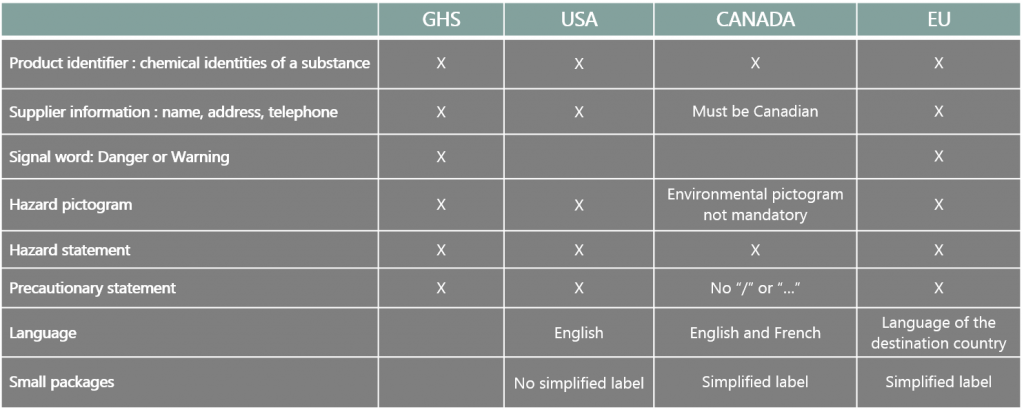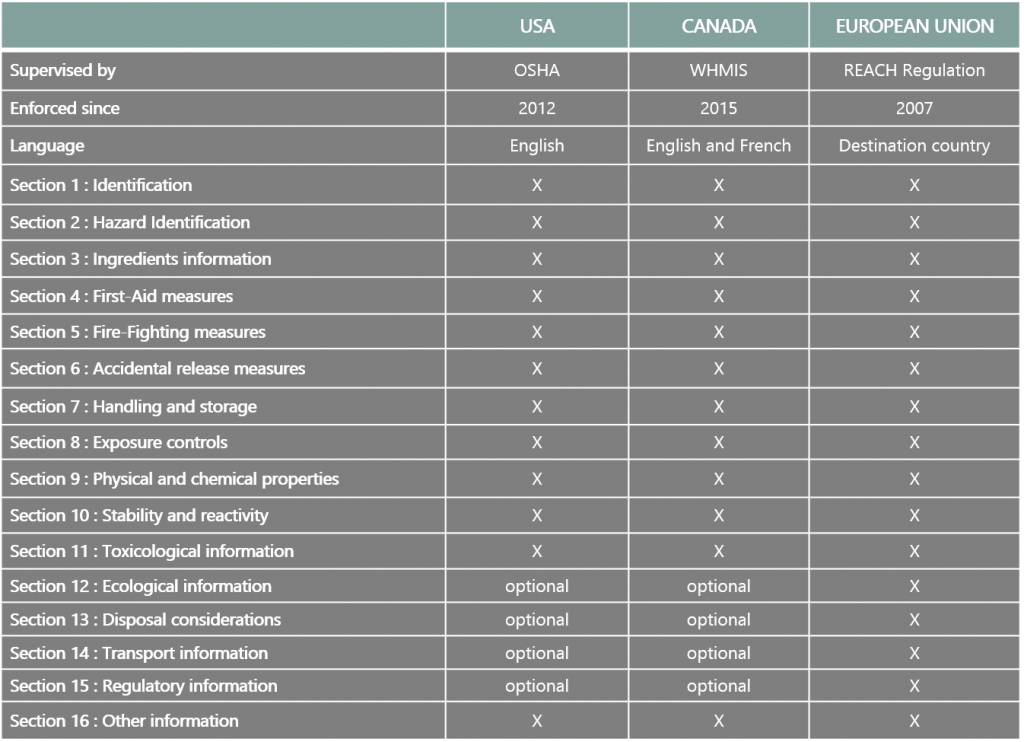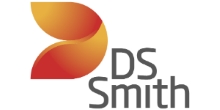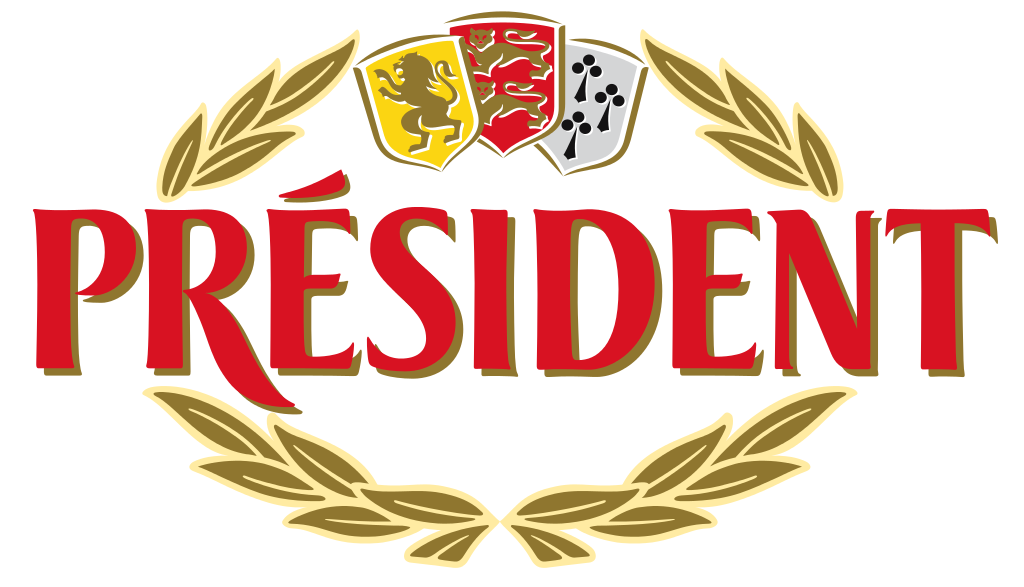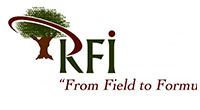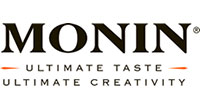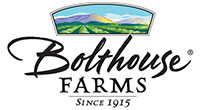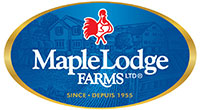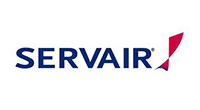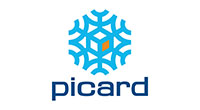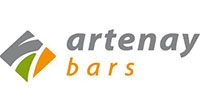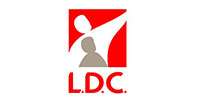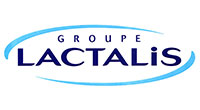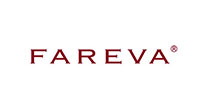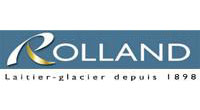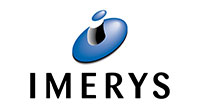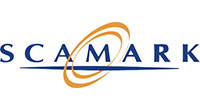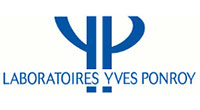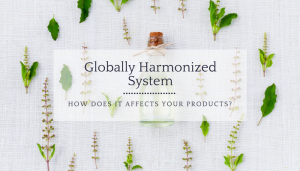
The Globally Harmonized System of Classification and Labeling of Chemicals (GHS) is an international system created by the United Nations in order to standardized classification and labeling of chemical substances and mixtures. GHS by the United Nations includes several regulations such as, product testing, universal warning pictograms and safety data sheet for hazardous chemical. GHS is followed by many countries all over the world such as Canada, the U.S.A., the EU, etc. Most of them use it as a reference but integrated with their own local regulations.
In the USA, they use the Harmonized Communication Standard (HCS) that is monitored by the Occupational Safety and Health Administration (OSHA) since 2012. In the EU, it’s under the CLP Regulation (EC) No 1272/2008 and it was first enforced in 2009. Canada has launched it in 2015 under the Hazardous Products Regulations (HPR). Three countries and regions and three different regulations in place but all of them are based and include most of the GHS standards.
GHS implementation in the U.S.A, Canada and the E.U.
1. Chemicals substances and mixtures classification – help to determine if a substance is hazardous and its level of severity
- USA:
- Based on GHS Revision 3
- Hazardous products range per category and class
- Extra classification criteria : HNOC
- Hazardous chemical list: Proposition 65 and Safe Cosmetic Act list for California
- Canada
- Based on GHS Revision 5
- Excluding environmental hazards
- 6 hazard substances excluded
- European Union
- Based on GHS Revision 5
- Hazardous products range per category and class
- Hazardous chemical list: 7,000 ingredients
- C&L notification: notify ECHA within a month
2. Hazardous substances labeling – based on GHS and local regulations
3. Safety Data Sheet
Safety Data Sheets (SDS), also known as Material Safety Data Sheets (MSDS), contain information on potential health hazards associated with exposure to chemicals or other substances that are potentially hazardous. The Safety Data Sheet specifies the composition of a chemical (substance or mixture), identifies hazards, recommends preventive measures (collective and individual) and first aid. In other words, it is a crucial piece of documentation for the health and well-being of consumers. It is mandatory in many countries such as European Union, USA and Canada. SDSs include several documents about the hazard of a product and advice users on its safety precautions. Most of the time, there are written by manufacturers or products’ supplier and accessible to every user.
The Globally Harmonized System defines basic requirements of the SDS with local regulations adjustments. Here’s below what the SDS should include in each country, region:
Being compliant is not only respecting regulations in the country of commercialization but also following global rules affecting each product in the world. The Globally Harmonized System is a good example for that as it has been created by the United Nations but implemented by many countries. In order to optimize compliance processes, a software can be the best solution. Lascom PLM can help you ensure your products are compliant all over the world thanks to an easy-to-manage solution.
